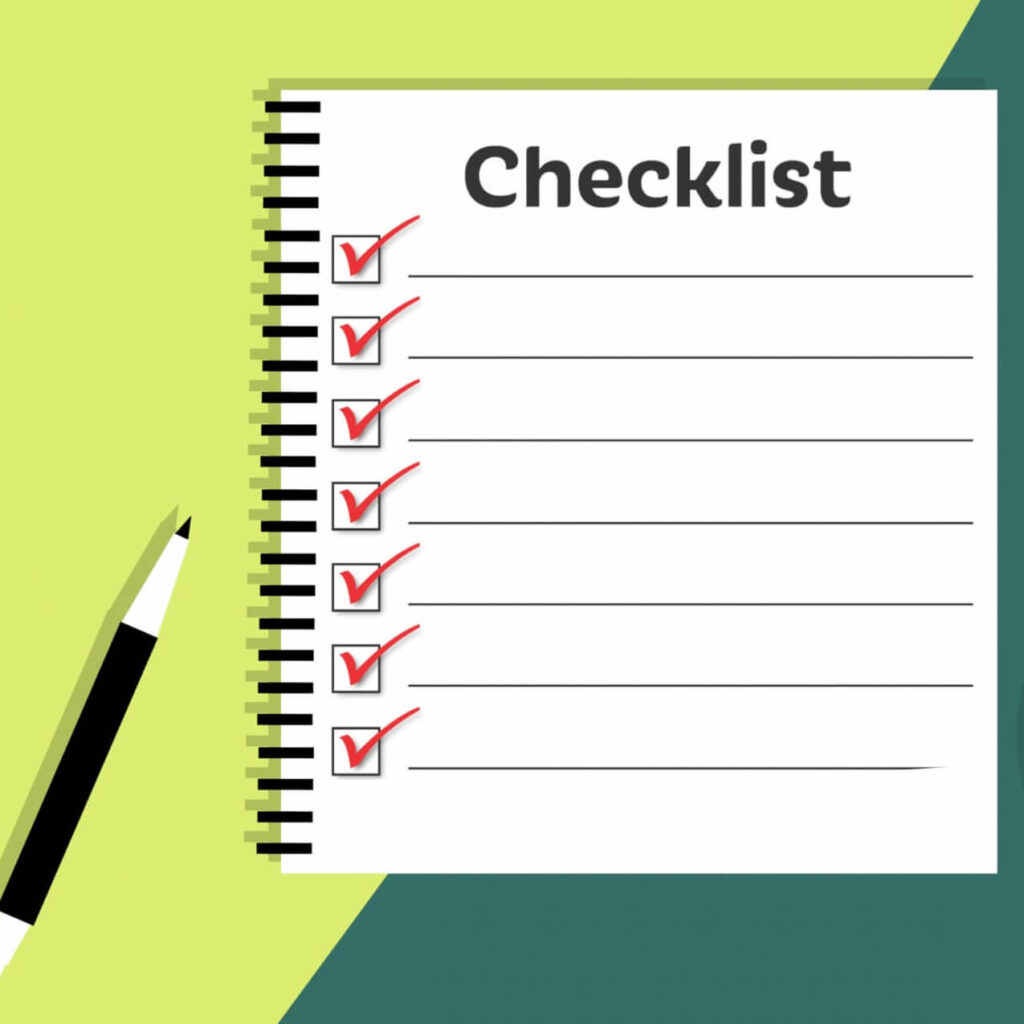
Websites are the primary face of any business or organization online, and it’s important to keep them up-to-date considering current trends and new technology.
Regular evaluation of your website will help you:
- Identify areas that need improvement
- Stay current with the latest trends
- Better optimize for search engines
- Evaluate user experience
- Increase conversions
Without an organized approach, you may otherwise find it challenging to reach your target audience and compete in the online marketplace of ideas and value propositions. Therefore, it’s crucial to evaluate your existing website periodically to ensure its relevance, usability, and effectiveness in achieving your goals.
What We'll Cover
Try a SWOT Analysis
A useful planning technique, the SWOT (Strengths, Weaknesses, Opportunities, and Threats) analysis clarifies the internal and external factors affecting your business. By examining these factors, you can gain insights into the current state of afffairs and make informed decisions about future strategies.
This technique can be used for a website in several ways, regardless the kind of business or organization. Firstly, this analysis will help you map out the strengths and weaknesses of your current website design, content, and functionality. Secondly, SWOT can identify opportunities for improvement or expansion, such as integrating new features or expanding their online presence. Finally, this technique can identify potential threats, such as security vulnerabilities or competitors with stronger web presence, and take action to mitigate them.
Strengths
The internal factors that give the business or project an advantage over its competitors.
Weaknesses
The internal factors that put the business or project at a disadvantage.
Opportunities
The external factors that could be used to the advantage of the business or project.
Threats
The external factors that could hinder or damage the business or project.
Factors to consider
SWOT analysis is a powerful tool that can be adapted to help evaluate your website’s strengths, weaknesses, opportunities, and threats. The novelty is in the structure this tool provides for you to later reference when improving the value your site adds to your marketing efforts. You may already be aware of many factors yourself, so bring in some fresh perspectives or evaluate how your customers use your site today.
Identify Strengths
Identify the website’s strengths, such as
- easy navigation to the information visitors need and the means to become customers or members
- engaging and interesting content relevant to your business and offering
- a visually appealing design that amplifies your content and quietly conveys the excellence in what you do
Put a Value to Strengths
These can be better quantified through web analytics, and better illustrate how your website serves your greater marketing strategy. It’s important as technology improves and tastes change, that you regularly maintain or improve upon your site in a redesign or content update. The cadence and magnitude of updates will vary depending on your industry and offering. Get a sense of how often your competitors update their product or news pages, and proceed with the next elements of SWOT below. .
Identify Weaknesses
Identify the website’s weaknesses, such as
- slow loading times which could be caused by large file sizes, poorly optimized themes, or a multitude of other reasons
- poor user experience ranging from not finding what they are looking for or poor communication through content on your site
- outdated design which can dampen enthusiasm by visitors to your site, or in the worst case imply your business may not be around anymore (especially if the copyright has not been updated in years, and you are not very active on other online media)
From Weakness to Strength
Consider how these weaknesses manifest on your current website. Specifically, what pages, assets, or functions do you believe contribute negatively to your web presence? Turn these into strengths through a redesign or content update depending on the concern and assessed impact.
Identify Opportunities
Identify opportunities for improvement, such as
- adding new features to improve navigation, search, resources, and ease of contact or purchase
- improving the user experience with new and engaging content, or more detailed product descriptions
- updating the website’s design to improve flow and better convey what you have to share
Seizing Opportunities
A robust analytics strategy can provide clues as to how to seize these opportunities. Additionally, industry best practices gleaned from competitors, other businesses in related industries and online publications can lend new and novel insights. If your website is ranking low in an online search for an important keyword, see who is on page 1 and identify what they are saying or doing differently. There may be a reason they are consistently ranking highly.
Identify Threats
Identify potential threats to the website, such as
- competitors who leverage their websites in ways that better attract and retain customers
- changing market trends and expectations for what a website is expected to do
- security risks such as through outdated plugins
Mitigate Threats
Understanding and mitigating threats begins with observing any issues regarding site traffic or performance (such as load times) and to take inventory of what content, theme, plugins, and marketing channels are currently in use. Through this review, and some additional research on each, threats will become apparent and mitigation planning and execution can begin.
How did you do?
A thorough SWOT Analysis provides valuable insights for strategic planning, decision-making, and risk management. It can provide you a better understanding of your website’s strengths and weaknesses, as well as identify opportunities for improvement and potential threats to your success online. You can then use this information to develop a redesign or upkeep strategy that addresses any issues, improves performance, and enhances the overall effectiveness of your website.





